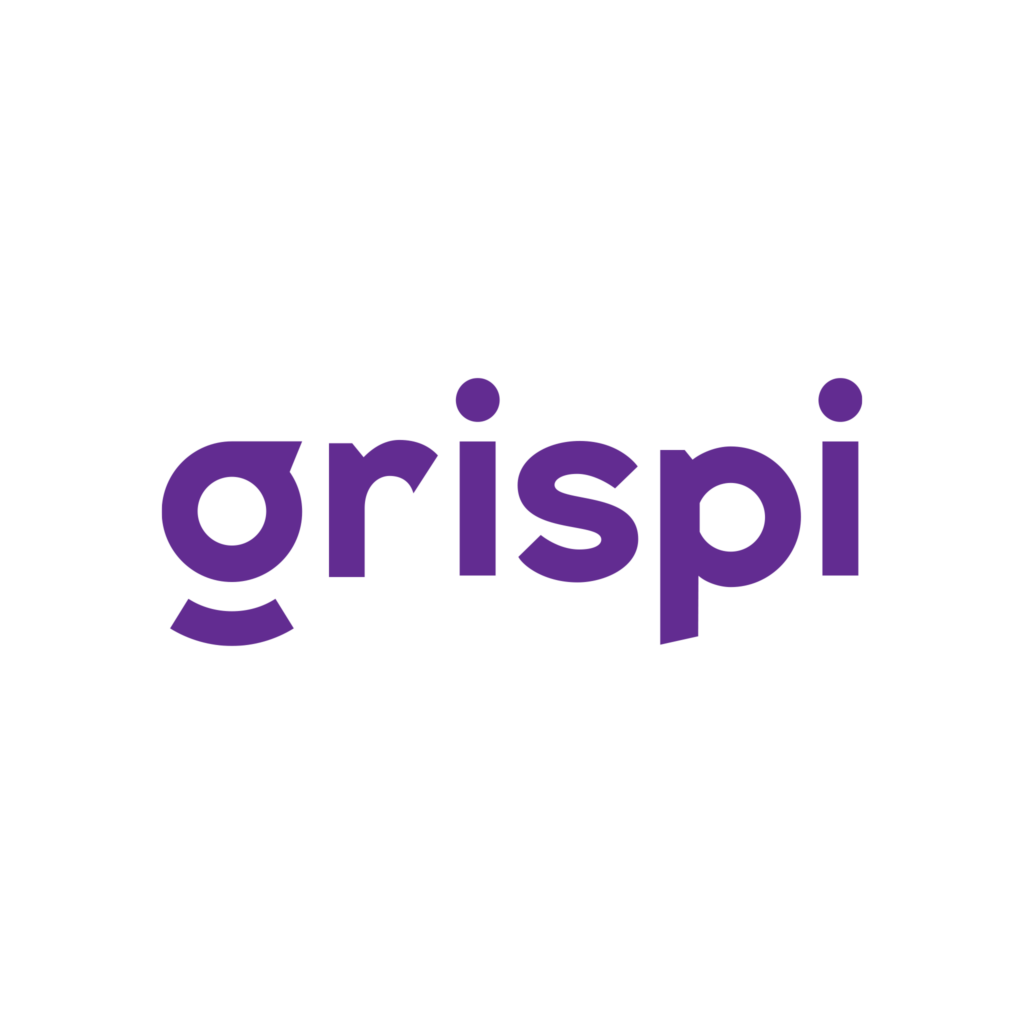Personalization vs. Privacy: Balancing Act in 2025
- January 1, 2025
From tailored recommendations on streaming platforms to customized shopping experiences, businesses in 2025 are leveraging vast amounts of data to cater to individual preferences. However, as personalization becomes increasingly sophisticated, privacy concerns have grown in parallel. In 2025, the balancing act between delivering personalized services and safeguarding user privacy is more challenging—and more critical—than ever.
The Rise of Personalization in 2025
Personalization has reached new heights in 2025, fueled by advancements in artificial intelligence and machine learning. These technologies enable companies to analyze consumer behavior with greater accuracy and deliver highly customized experiences. For example, e-commerce giants like Amazon and Alibaba use predictive analytics to recommend products based on past purchases and browsing history, significantly enhancing customer satisfaction and loyalty.
Businesses benefit greatly from personalization—it leads to higher engagement, increased sales, and improved customer retention. For consumers, personalized experiences offer convenience, relevance, and time savings. However, the data required to deliver such personalization often includes sensitive information, raising serious concerns about privacy.

Privacy Concerns in the Digital Age
The growing reliance on data for personalization has amplified privacy concerns among consumers. In 2025, data breaches and unauthorized data collection remain pressing issues, with high-profile incidents impacting major companies and millions of users. Scandals like Facebook-Cambridge Analytica and recent breaches at global retailers have highlighted the fragility of personal data security.
Privacy concerns have also expanded with the proliferation of smart devices and the Internet of Things (IoT). While these technologies enhance convenience and personalization, they often collect data continuously—frequently without explicit user consent. This pervasive data collection has triggered a growing demand for stronger privacy protections and greater transparency from companies.
The Evolving Regulatory Landscape
In response to rising concerns, governments around the world have enacted stricter data privacy regulations. The European Union’s General Data Protection Regulation (GDPR) continues to set the global standard, while the California Consumer Privacy Act (CCPA) has inspired similar legislation in other U.S. states.
These regulations require businesses to obtain explicit consent before collecting user data and provide clear options for opting out. Non-compliance can result in substantial fines and reputational damage. As a result, companies must carefully navigate this complex regulatory environment to ensure both compliance and effective personalization.

Balancing Personalization and Privacy
Striking a balance between personalization and privacy is a complex but essential goal. Companies are adopting several strategies to ensure that personalization does not compromise user privacy.
One key approach is data minimization, collecting only the data necessary to provide a personalized experience. In addition, anonymization and encryption techniques help protect user identities while still enabling meaningful insights.
Empowering users with greater control over their data is another effective strategy. Transparency is crucial—businesses must clearly explain how data is collected, used, and stored. Offering customizable privacy settings builds trust and ensures compliance with regulatory standards.

Some leading examples include:
- Apple, with privacy-centric features like App Tracking Transparency, which gives users control over which apps can track their activity.
- Google, through enhancements to Chrome such as blocking third-party cookies and offering clearer data management options.
Public opinion on personalization versus privacy is divided. While many users enjoy the convenience and relevance of personalized services, a growing number are concerned about how their data is collected and used. Surveys show that a significant percentage of consumers are taking proactive steps to protect their privacy—using VPNs, ad blockers, and limiting app permissions.
Educating consumers about data privacy and equipping them with control tools are vital steps toward achieving a more balanced and ethical digital environment.

Future Directions
The future of the personalization-privacy balance lies in emerging technologies that enhance both security and customization. Innovations like federated learning and differential privacy allow companies to analyze trends without directly accessing individual data. Though still in early development, these technologies hold significant promise for the future of secure personalization.
Looking ahead, the focus on ethical data practices will only intensify. Companies that prioritize user trust by implementing strong privacy protections and maintaining transparency will gain a competitive edge. Evolving global regulations will continue to shape how businesses collect and use customer data.
Balancing personalization and privacy is one of the defining challenges of 2025. As personalization technologies continue to evolve, so must strategies to protect user privacy. By adopting privacy-first practices and complying with regulations, businesses can offer meaningful, personalized experiences without compromising trust.
Ultimately, achieving this balance is essential not only for compliance but also for maintaining consumer confidence and building a sustainable digital future.
Contact Us
Fill out the form for detailed information and demo account, let us call you.
